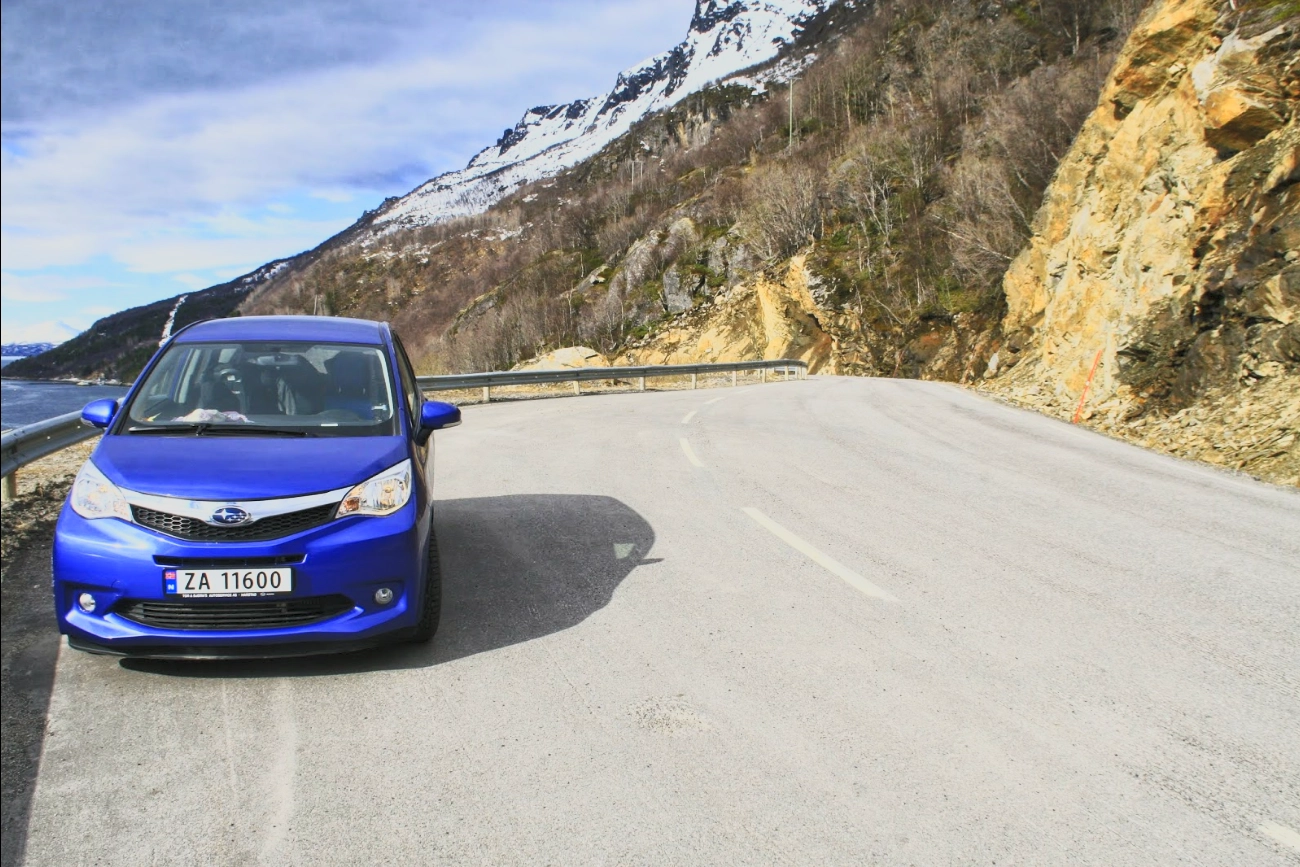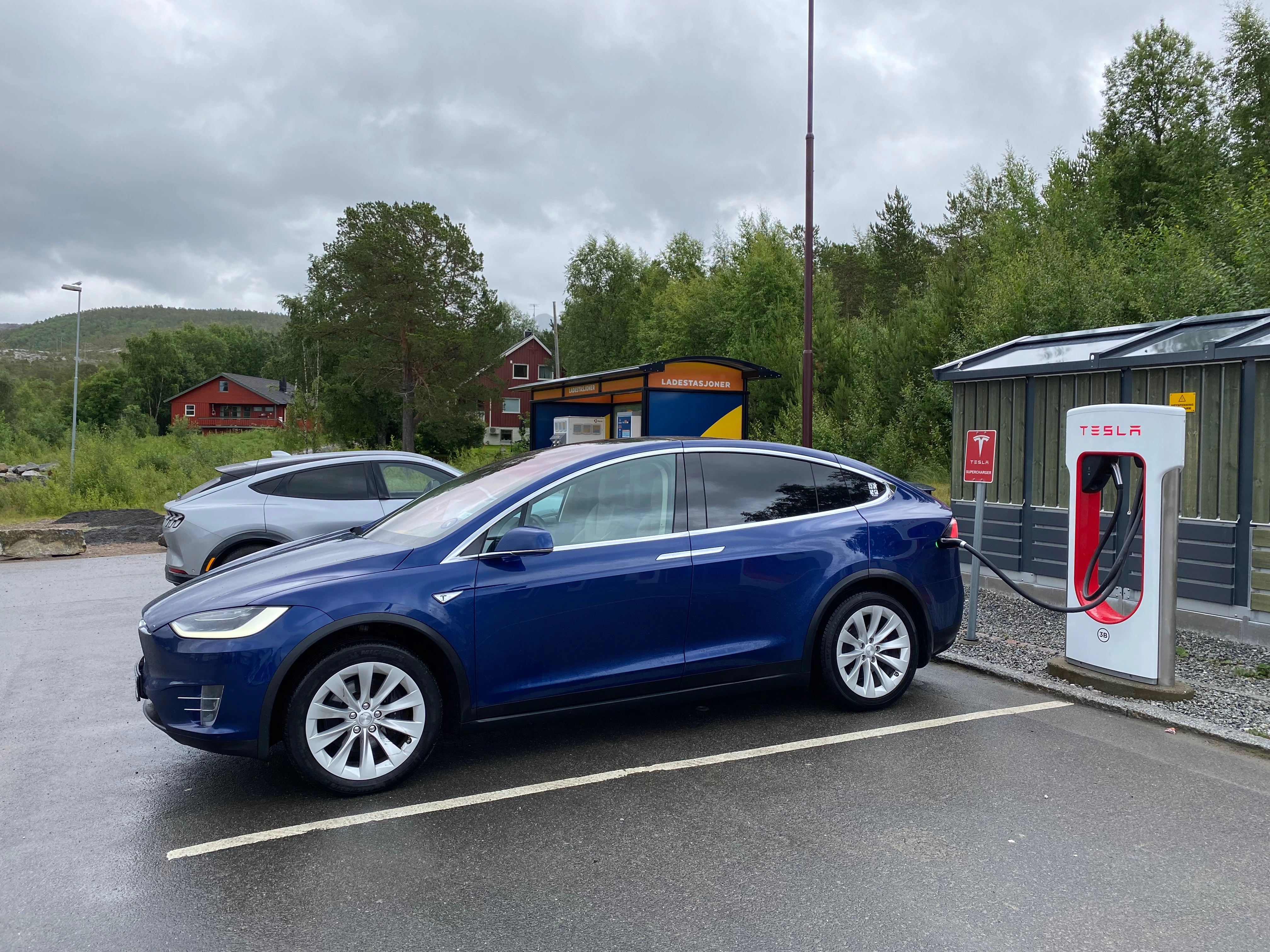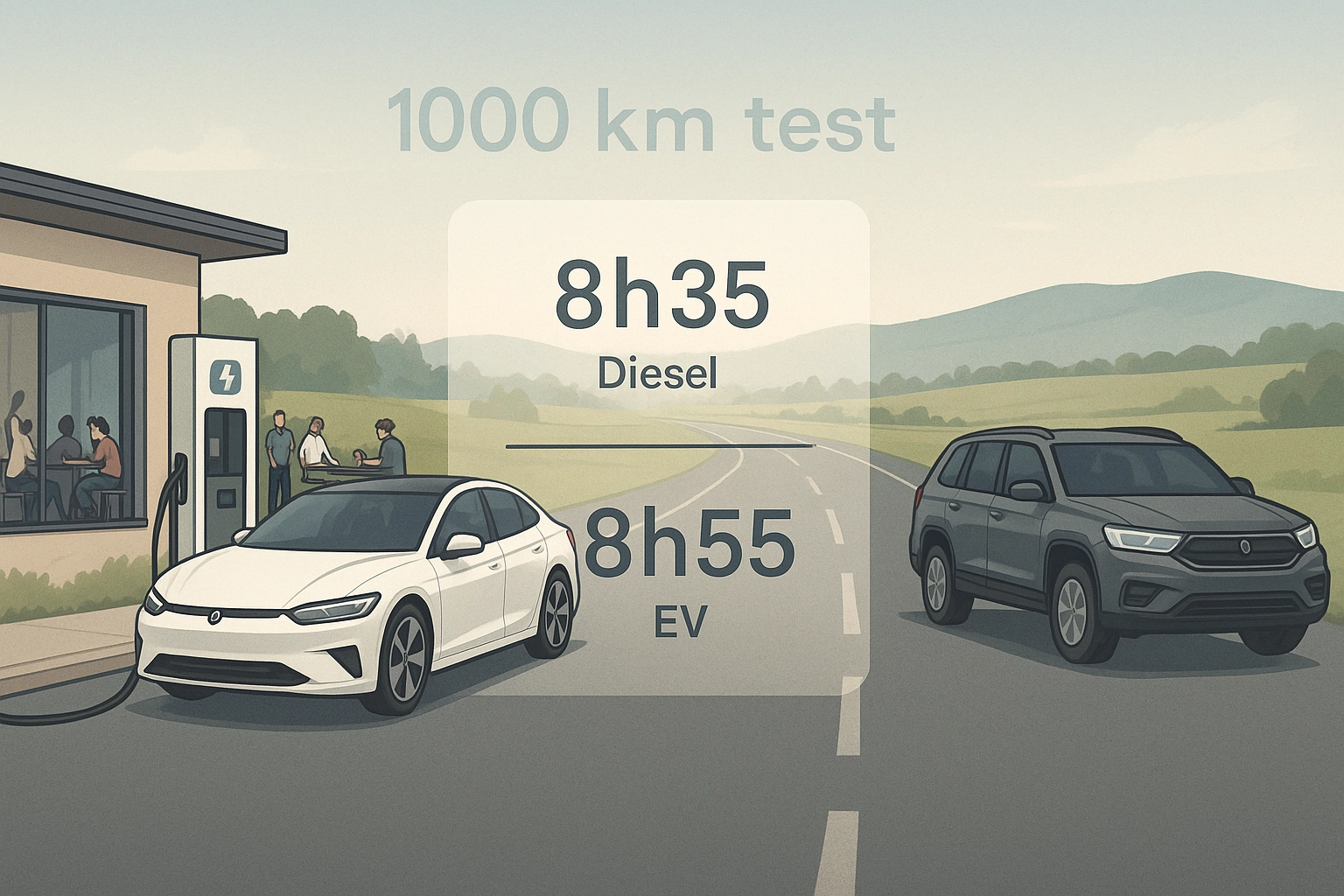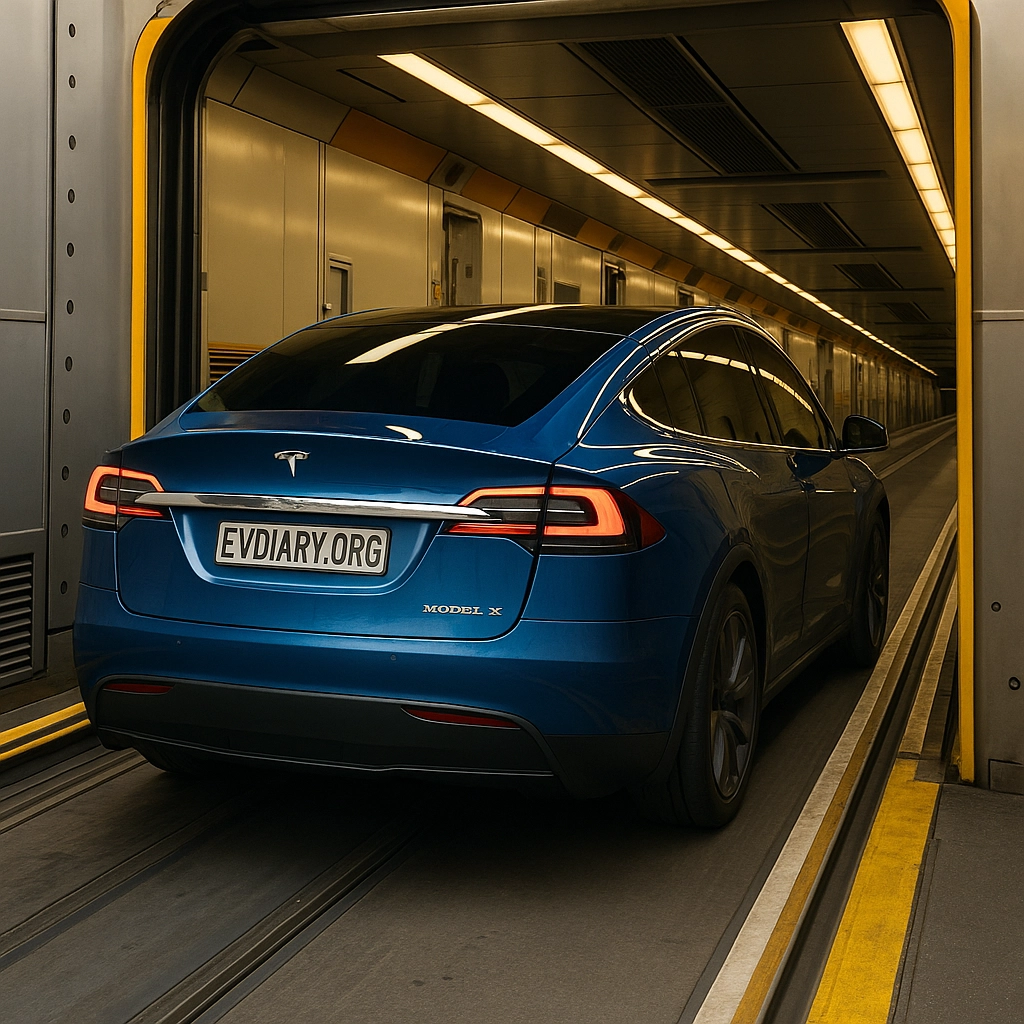"Trond, shouldn’t we just buy an electric car instead? I saw that Nissan has a nice one that might suit us." The words come from my partner. We're both sitting there, browsing through the jungle of cars that could replace our green French family car—the one that has given us so many great trips over the years, and which just came back from the garage with yet another hefty repair bill. Again.
I check Nissan’s website. And yes, it looks good. But with a recent diesel repair costing 30,000 NOK and the likely loss we’d take when selling it, I brush the thought aside. Besides, an electric car like that would be useless for us. The range is far too short. At the very least, I need to be able to reach Tromsø before we even consider switching to an EV.
Little did I know how wrong I was that day in 2013. So very wrong. But how could I have known? I had never tried living with an electric car, and to me, it seemed almost hopeless to choose a car that couldn’t go more than 130–140 kilometers on a single charge. Shortly after, we ended up buying a Subaru instead. A Subaru built by Toyota. It doesn’t get more reliable than that—and it truly was. We had no issues with that car during the two years we owned it. The fact that it was a demo model with just 1,000 km on the odometer, and that we got a good trade-in deal for our old car, made the choice an easy one.
I wouldn't go as far as to say it was a bad purchase. The Subaru was a great car to drive. Small in size, sure, but perfectly capable of tackling harsh winter roads to Skjervøy and Nordreisa—or long trips to Oslo. We could probably have kept it for another 10–15 years without any problems. But then one afternoon in Oslo, I took a little detour to check out a used Nissan Leaf…
Translations: Norsk
.png)





Comments